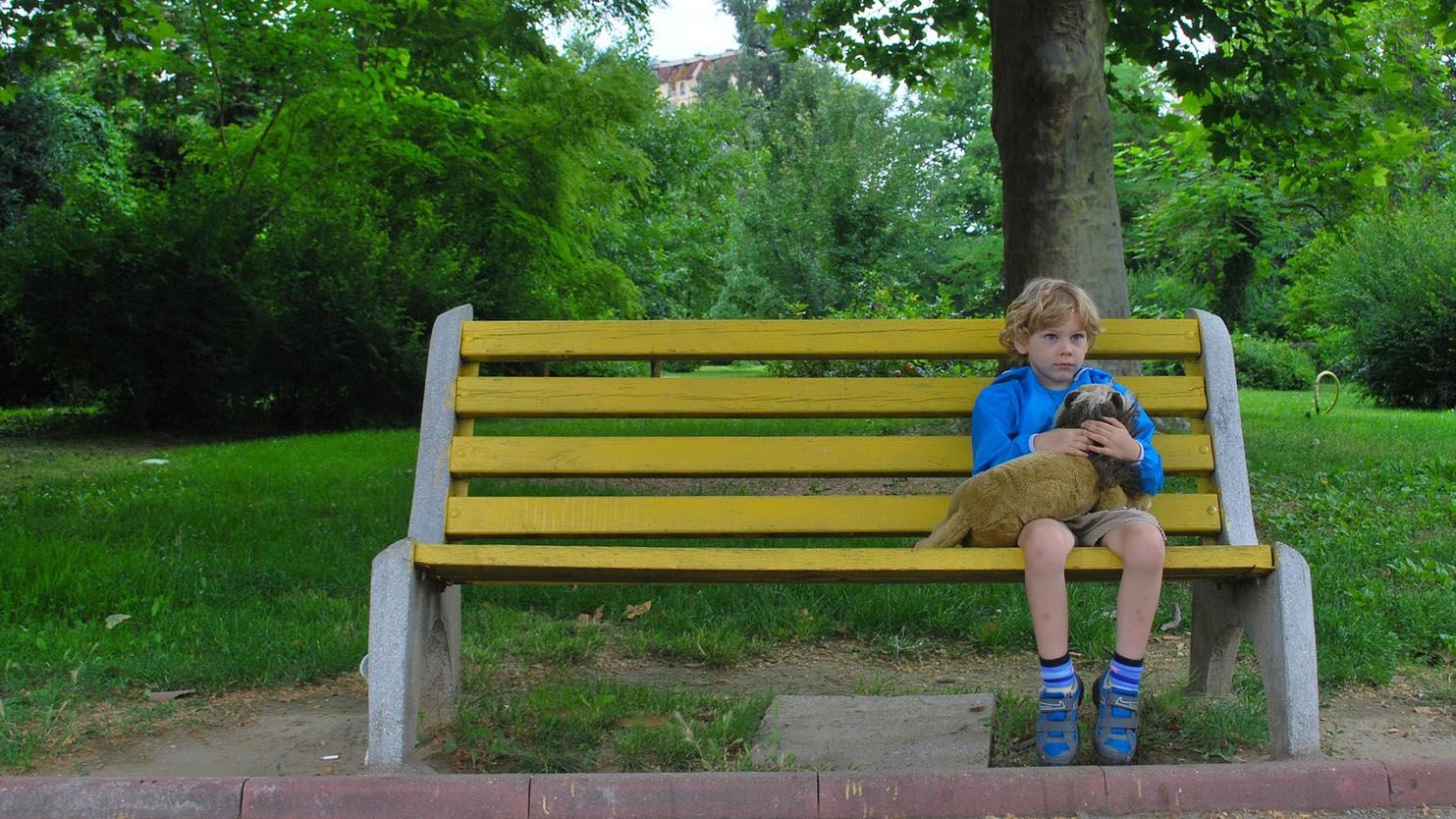It's time to leave the park, turn off the video game, or get out of bed and get ready. These scenarios happen every day, but still your child acts surprised and throws a fit every time you have to make one of these routine transitions.
Maybe it's a full-blown tantrum. Maybe it's persistent negotiations that wear on your ears. Maybe it's outright defiance. Maybe it's complete ignoring of anything you say.
Most kids will react to transitions negatively at some point, but kids with ADHD seem to be hardwired to resist transition of any kind -- every time.
The stress of transitions seems to impact kids with ADHD more than kids without. It's what clinical psychologist Carol Brady calls "transition trauma." Your child just doesn't know what to do with the intense emotions that transitions bring.
Why does transition trauma affect kids with ADHD?
They live in the moment
Kids with ADHD often live in the now. Tomorrow is of no consequence, and yesterday is no big deal. Whatever's happening today, in this moment, is what matters the most to children with ADHD. If they're enjoying what they're currently doing, it's extra hard for them to realize there could be a good reason for stopping it.
Turning off the TV to eat dinner makes sense to most of us, but a child with ADHD is loving the show right-this-second. Dinner doesn't matter, even if his belly is rumbling. It's hard for him to understand the reason for the switch, and his emotions often get the better of him – welcome to Tantrum City.
Rewards work differently for them
People without ADHD can talk themselves into doing something undesirable (straightening a room or setting the table) because they know it's a necessary task for an end goal. But kids with ADHD struggle to keep their mind on the end goal, and have difficulty connecting why this task now relates to anything in the future.
What's more: they crave rewards, and if a certain activity doesn't offer a reward, it's incredibly difficult for them to self-motivate.
"Kids with ADHD have fewer neurons in their reward centers, or neurons that aren’t as active in the reward centers of their brains, so they find things throughout their day less rewarding,” said Dr. Matthew Rouse, clinical psychologist. "When they do find something rewarding, they tend to hyper-focus on it, which explains why someone with ADHD seems all over the place but then can play video games for hours. Ask them to do something less rewarding (like putting away Legos), and you might hit resistance."
They cannot predict their environment
Remember: kids with ADHD live in the now. When they're told to stop an activity, it's difficult to know what's coming next – even if you already told them. That lack of predictability can make a child (especially one with ADHD) feel as if he's losing control. Cue the emotional outbursts!
Transition time is unstructured
Often, we move into transition, but we offer no structure during that time. It's time to stop playing the game so we can go to school, but that in-between time is a flurry of unstructured chaos.
What is your child supposed to do? He's just been forced to switch gears against his will, and now he can't figure out what's expected of him in this unstructured time. This can cause your child to become distracted or overwhelmed by the things going on around him.
ADHD strategies for transitions
We can't let our kids lead with emotional outbursts, no matter how difficult it is for them to transition. Help your child on his way to calmer reactions and better structure with these ADHD strategies for transitions:
- Create a specific routine that immediately follows a certain favorite activity. For example, after Minecraft, your child always eats a healthy snack or goes outside to climb trees. If this routine is expected and enjoyable, it helps your child know exactly what to do – and chances are, once she gets over the initial disappointment of ending one activity, she'll remember quickly how much fun it is to do the next.
- Make a visual schedule, one that clearly shows what's coming next. (Brili shows kids the next part of their routine during each step.)
- Give your child a warning for when the activity is going to end. It's always better if this warning doesn't come from you. Set a timer they can't argue with, dictate that the activity ends when a parent gets home from work, or set some other predictable mile marker. (Brili's countdown keeps your child focused on the task, while a reminder sound indicates that time is running short.)
- Give your child something to do during the transition that clearly indicates a move to something new -- checking off a list, dropping a marble in a jar, moving a game piece on a graph (or advancing the activity in Brili).
Trial and error
Every kid is different, and every kid exhibits ADHD symptoms differently. It will take time for you to get the right ADHD strategy to help your child transition from one activity to the next, but be persistent until your days are smoother.
Use a tool that takes the responsibility for transitions. Brili effortlessly moves your child through his routine each day -- with no nagging from you.
Get Brili